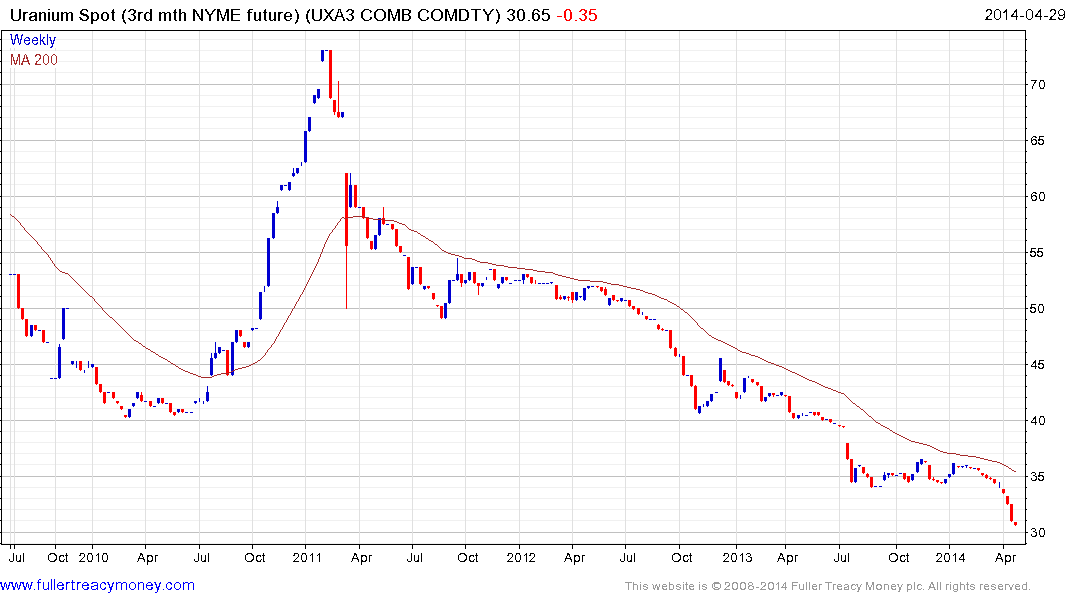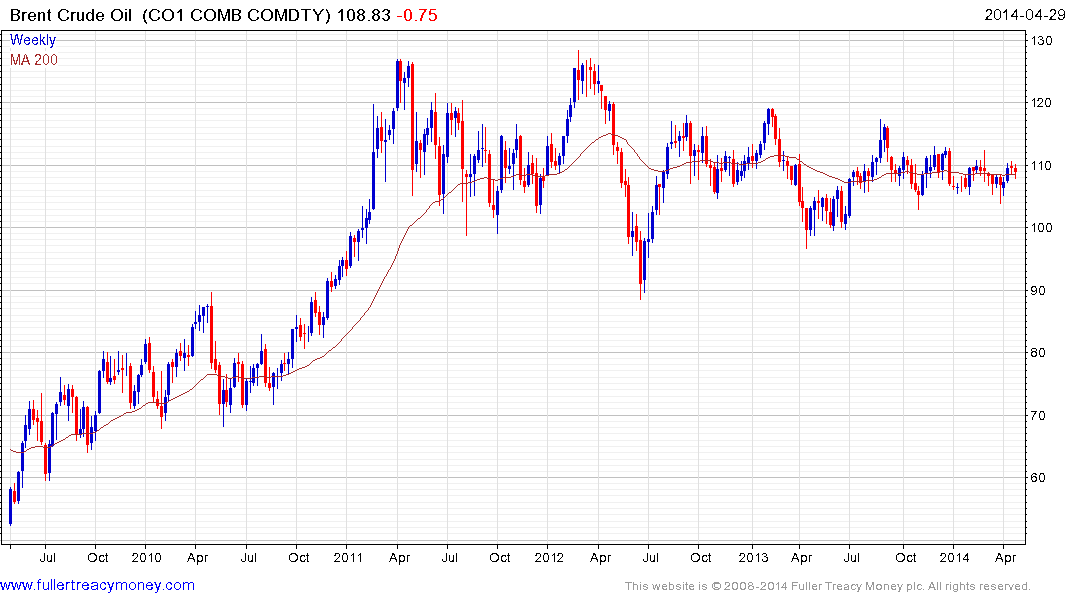Email of the day on Energy, Bank Capital & Cars
Eoin Treacy's view -Have you noticed US oil producers are having trouble capitalising on these higher global Oil prices. We both agree the world needs a cheap energy. I think it is unlikely that cheap energy source will be conventional or unconventional Oil and Gas. My concern is that cheap energy solution may take another 10 years to materialise.
I still think European banking looks like Zombie banking. We know European banks have capital deficiencies. I think these banks are holding back a broad recovery in the European economy. My sources continue to tell me European banks are still trying to shrink balance sheets. I believe the ECB needs to be more proactive in solving this problem. I see ECB is talking of QE - I am not sure this idea is the solution more likely the problem. However the bank capital dilemma needs to be addressed quickly otherwise Europe faces a possible Japanese situation of low growth for decades.
Like you I am a strong believer in the big European global business brands and product solutions. However the availability of credit is stifling growth in Europe's smaller companies and businesses. From what I observe VW increasingly looks like it is going to dominate the global car industry. Unless Toyota can catch up in this technology race they will lose their cherished Crown of the dominate global car producer. As for old world car companies Ford , GM etc. sadly they look like a great short to me. Every time I hire rental car in the US I come away with the thought how do US car companies do it so badly and remain in business. I don't expect US cars to handle like my Porsche but US cars are just plain scary to drive.
Please keep up the good service.
Thank you for sharing your perspective on a range of topics. The revolution in unconventional supply of oil and gas can be viewed in terms of a supply response to high prices. At the beginning of the last decade $40 was considered the highest price possible for oil with the result that a great deal of additional supply was simply uneconomic.
Canadian bitumen becomes economic in the region of $40. Generally speaking more established offshore oil fields, such as the North Sea, have a breakeven in the region of $20-$25 while newer offshore such as Brazil’s pre salt ultra-deep water fields comes in closer to $45. A number of the unconventional plays have breakevens closer to the $50-60 area. As a result, we can conclude that price is the determining factor in which sources of potential supply are ultimately moved into production.
This section continues in the Subscriber's Area. Back to top





